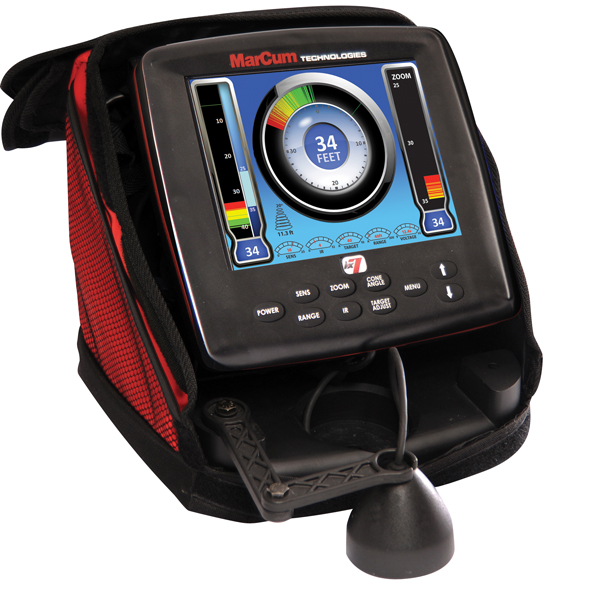Passionate anglers love fishing - anywhere, anytime. We come in all shapes and sizes. We don’t all have big boats. Some of us love kayaking. Some of us love ice fishing. Some of us love casting lines from the shore and sitting in lawn chairs.
You don’t need a transom-mounted transducer and an almost 10-pound fish finder to get a great sonar chart. You can improve your fishing with highly portable fish finders.
That’s why we’ve created a list of our top portable fish finders of 2023 - so you can fish when you want, how you want. Up next, you’ll see the list - after that, we’ve compiled a list of the criteria we used to select our top picks. We’ve also selected some frequently asked questions - and answered them.
Without further ado, here are our top portable fish finders of 2023:
| Garmin STRIKER Cast | Garmin Striker 4 GPS Fish Finder | Humminbird PiranhaMAX 4 | Humminbird HELIX 5 | Deeper Smart |
|---|---|---|---|---|
Editors Choice
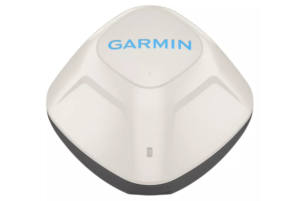 |
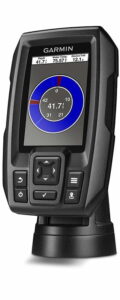 |
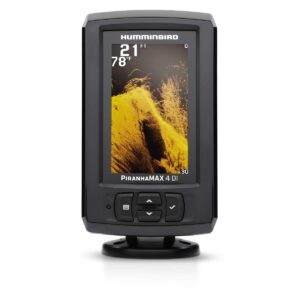 |
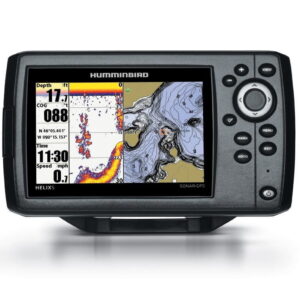 |
 |
| Frequency: 260/455 kHz | Frequency: 2D Sonar: 200 kHz / 15° and 77 kHz / 45° | Frequency: 200/455 kHz | Frequency: Medium and High CHIRP 75/155 kHz + 130/250 kHz | Frequency: 90 kHz and 290 kHz |
| GPS: Interal, High Precision | GPS: Internal, High-precision | GPS: N/A | GPS: Internal, High Precision | GPS: N/A |
| Transducer: N/A | Transducer: 77/200 kHz CHIRP | Transducer: XNT 9 28 T | Transducer: XNT 9 SI 180 T | Transducer: N/A |
| Transmit Power: N/A | Transmit Power: 200 W (RMS) | Transmit Power: N/A | Transmit Power: N/A | Transmit Power: N/A |
| Screen: N/A | Screen: backlit, HVGA color | Screen: TFT with 256 colour range | Screen: N/A | Screen: N/A |
| Screen Size: N/A | Screen Size: 3.5 | Screen Size: 4.3" | Screen Size: 5 inch | Screen Size: N/A |
| Resolution: N/A | Resolution: 480H x 320V | Resolution: 272 x 480 pixels | Resolution: 800x480 | Resolution: N/A |
| Maps Included: N/A | Maps Included: Not Available | Maps Included: UniMap | Maps Included: Humminbird Basemap | Maps Included: N/A |
| Max Waypoints: N/A | Max Waypoints: 5,000 | Max Waypoints: N/A | Max Waypoints: 2500 | Max Waypoints: N/A |
| Backlit: N/A | Backlit: N/A | Backlit: Yes | Backlit: N/A | Backlit: N/A |
| Imaging: N/A | Imaging: N/A | Imaging: DualBeam, 28 / 16 degrees | Imaging: 350 ft. Down, 250 ft. Side | Imaging: N/A |
| Memory Card Slots: N/A | Memory Card Slots: N/A | Memory Card Slots: N/A | Memory Card Slots: Micro SD | Memory Card Slots: N/A |
| Best Price (Amazon) Best Price (Bass Pro) | Best Price (Amazon) Best Price (Bass Pro) | Best Price (Amazon) Best Price (Bass Pro) | Best Price (Amazon) Best Price (Bass Pro) |
The STRIKER Cast might be one of the most innovative and affordable fish finders on the market. What separates this piece of tech from the rest is the lack of a display screen. You can connect this unit to your mobile phone and use the screen as your fish finder display. When it comes to networking, you can connect the unit with your Bluetooth and use the app even without an internet connection. The slight drawback here is that your display/networking capabilities will only be as good as your phone, but this compact and impressive little number can do so much more.
The sonar is pretty basic, but the mapping on this unit is better than most expensive fish finders. While you can’t lay routes or tracks, you can use waypoints, and create, download, and share contour maps using Quickdraw. The contour mapping on this model is a beneficial addition for anglers to connect. There’s just so much fun to be had with this piece of tech, and it’s well worth the affordable price point.
The Deeper Smart Sonar fish finder may look like a ball, but don’t let its appearance fool you. This unit is packed with many features that separate it from other portable fish finders. Anglers can use their phones for displaying and scanning purposes. The dual-beam sonar capabilities allow you some versatility between narrow and wide beams for different fishing locations. You can get a lot out of its impressive depth range and scan rate while on the water. You can operate the device through the Deeper app, which offers access to mapping features, GPS coordinates, depth readings, and more.
While this fish finder might not be the lightest, it’s small and easy to cast. The material of this unit is durable and can withstand many weather/water conditions. You can get an average battery time of 5.5 hours, and it doesn’t take much juice to operate. If you’re looking for an excellent value on a portable unit, this may be the one for you.
The Garmin STRIKER 4 is the most affordable and best portable fish finder around. With scanning versatility in salt and freshwater, this unit has a powerful CHIRP sonar that can provide quality images and clear pictures of your targets. This way, you get less clutter on the screen and a better view of the bottom of the lake. The 2D sonar display offers some useful functions, such as Ultrascroll, Flasher, Fish Symbol ID, and more.
This portable unit comes with a precise internal GPS. You will get impressive and accurate coordinates that allow you to mark waypoints to keep track of your favorite fishing spots. This bad boy allows you to store up to five thousand waypoints and use different icons when marking. The STRIKER 4 is waterproof, which means that submersion in water and rainy weather won’t damage it. This unit is great for its price and is conveniently compact for easy transportation and use.
The Humminbird HELIX 5 provides CHIRP sonar capabilities that allow you to scan the depths of the water with multiple frequencies. The advanced sonar means better target separation, reduced image noise, and better resolution that reaches depths of 1000 feet or more. This small unit is easy to transport. There are also portable carrying cases available that come equipped with a gimbal mount, battery, wall charger, and more.
The storage space on this model can prove challenging when downloading too many maps, but it comes with the LakeMaster GPS that provides efficient satellite imaging of specific fishing locations. If you’re looking to get the most bang for your buck, you can’t go wrong with this impressive fish finder unit.
The Humminbird PiranhaMAX 4 is a solid entry-level fish finder for your fishing endeavors. It doesn’t come with GPS, live mapping, or contour drawing, but the Dual Beam sonar capabilities are out of this world. You can get images of depths up to 600 feet, and with the modest display/resolution, you’ll be able to spot more fish. This unit’s Fish ID+ feature is a helpful tool when out on the water and displays nearby fish with icons you can differentiate.
This fish finder comes with a useful alarm feature that will alert you when the transducer detects a passing fish. You get the option of setting a size requirement for the alarm to ring when spotting small, medium, or large fish. This feature is used best for anglers looking to catch trophy-sized fish. The unit also comes with a depth alarm, which alerts you when the PiranhaMAX reaches a specific depth, and a battery alarm to tell you when you’re running low on power. With its affordable price and spectacular features, we can’t imagine why this wouldn’t make a great portable fish finder.
